Beach Wormwood, also known as Dusty Miller, Dusty Miller Sagewort, Hoary Mugwort, or Oldwoman, is a hardy perennial ground cover with a unique silvery appearance. Its botanical name, Artemisia stelleriana, places it in the Asteraceae family, alongside many other popular garden plants.
Native to regions such as China, Japan, Korea, the Russian Far East, and the Aleutian Islands in the U.S., this plant thrives in a variety of conditions. The pale-green to white leaves not only give it its distinctive look but have also earned it the nickname “hoary mugwort.” Beyond its ornamental value, Beach Wormwood has a practical side—it is often harvested from the wild to flavor rice in traditional cuisines.
| Common name | Beach Wormwood, Dusty Miller, Dusty Miller Sagewort, Hoary Mugwort, Oldwoman |
| Botanical name | Artemisia stelleriana |
| Family | Asteraceae |
| Species | stelleriana |
| Origin | China; Japan; Korea; Russian Far East; Aleutian Islands in US |
| Life cycle | Perennial |
| Plant type | Ground Cover |
| Hardiness zone | 3, 4, 5, 6, 7, 8, 9 |
| Sunlight | Full Sun |
| Maintenance | Low |
| Soil condition | Loam |
| Soil ph | Acid |
| Drainage | Well-Drained |
| Growth rate | Medium |
| Spacing | 12 in. – 3 ft. |
| Flowering period | Summer |
| Flower color | Gold, Yellow |
| Leaf color | Gray, Silver |
| Stem color | White |
| Leaf benefit | Fragrant |
| Garden style | Asian Garden |
| Uses | Coastal |
I. Appearance and Characteristics
Artemisia stelleriana is an Asian and North American species of plants in the sunflower family. It is native to China (Heixiazi Island in Heilongjiang Province), Japan, Korea, Russian Far East (Sakhalin, Kuril Islands, Yakutia, Kamchatka Peninsula), and the Aleutian Islands in the United States. The species is widely cultivated as an ornamental and naturalized in scattered locations in North America, primarily on coastal dunes and other sandy locations, as well as in Scandinavia. Common names include hoary mugwort, Dusty Miller, beach wormwood, and oldwoman.
The plants have pale-green to white leaves, which are covered on both surfaces with thick trichomes, giving a silver or whitish appearance. The yellow flowers grow in tall clusters and bloom from July to late August. The species thrives in dry and hot climates.
A number of forms have been selected as garden cultivars. ‘Boughton Silver’ (aka ‘Silver Brocade’) is probably the best known cultivar. It is a prostrate form with prettily cut broad white leaves and was originally known as ‘Mori’s form’. English plantswoman Valerie Finnis (Lady Scott) was given this form by a Mr Mori during her honeymoon in Japan in 1970.
It was distributed in the UK mainly as ‘Mori’s form’, but was also known as ‘Boughton Silver’ relating to her husband’s garden at Boughton House, Northamptonshire. It was taken to Canada by Bruce McDonald and renamed ‘Silver Brocade’.
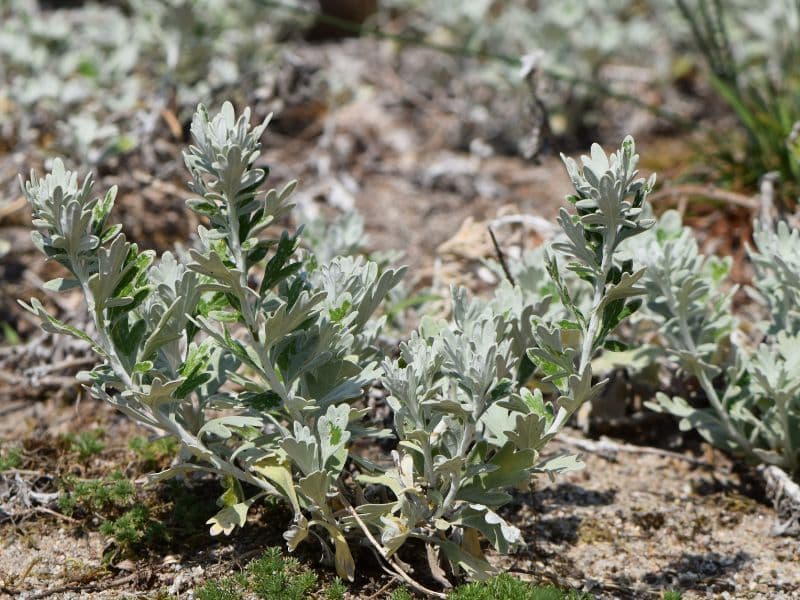
‘Nana’ is a more erect (30 cm), but lax stemmed form with less deeply cut silverish leaves. It has been grown for many years in the UK where it is used as a filler between other plants in the herbaceous border.
‘Elsworth’ is a taller (45 cm) more strongly erect stemmed form with more deeply cut silver leaves. It was selected by UK National Artemisia Collection Holder John Twibell c1990.
‘Shemya’ is a short form (30 cm) with silver green leaves, and was also selected by John Twibell c2013 This form was selected from seed originating from Shemya in the Aleutian Isles (Alaska, USA).
II. How to Grow and Care
Sunlight
Hoary mugwort thrives in full sun conditions, where it can receive unfiltered, direct sunlight for at least 6 hours per day. Its optimal growth and health are achieved through abundant light exposure, which enhances photosynthesis and promotes robust foliage. While hoary mugwort exhibits versatility in sunlight tolerance, its performance might decline under less than ideal conditions. Lack of sufficient light may lead to leggy growth and reduced vigor.
Outdoors, hoary mugwort should be planted in areas with clear access to sunlight, avoiding shadowed or heavily canopied spaces. Not typically an indoor plant, hoary mugwort is best suited for bright outdoor landscapes or gardens.
Temperature
As part of Artemisia genus, hoary mugwort is hardy due to the wide distribution of this genus – they can be found from temperate to tropical climate zones on both hemispheres, most commonly in semiarid and arid habitats.
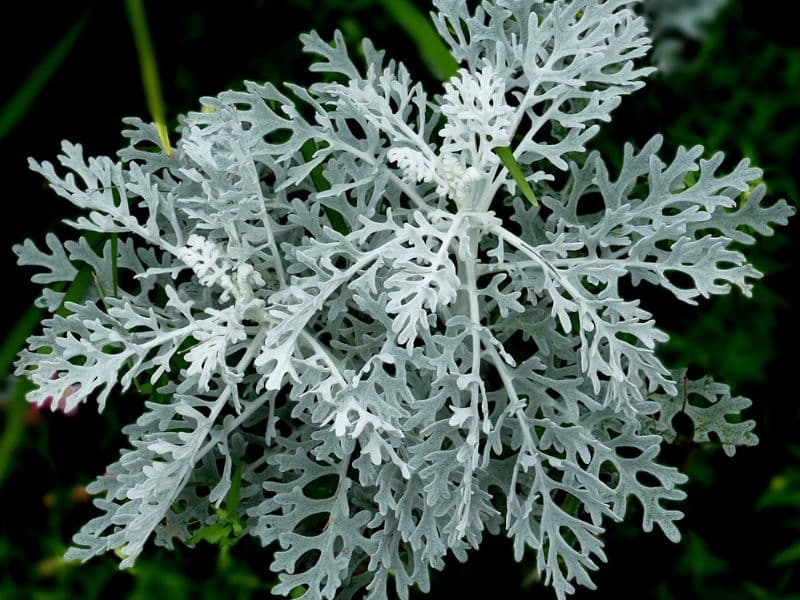
Hoary mugwort is drought-tolerant, just like most perennials with silver-gray leaves (i.e. foliage is covered by silver hairs that can suppress evaporation), and do not have any specific water requirements.
Watering
Thriving in its native coastal habitats, hoary mugwort is well-adapted to withstand salty sea sprays and occasional droughts. This hardy perennial exhibits a preference for dry conditions, balancing on the edge of drought tolerance. Watering every week will suffice to keep hoary mugwort healthy without over-saturating its roots.
As an outdoor plant often found in rock gardens or coastal landscapes, hoary mugwort has adapted to thrive with the natural rainfall patterns, making it less dependent on frequent watering. Its resilience during the growing season is particularly notable as it maintains vigor despite sporadic rains.
Soil
Hoary mugwort does not have any specific requirements when it comes to soil structure and pH, but they will not develop well in very rich and heavy soils. It is best if the soil is poor to moderately fertile and well-drained with a small to moderate amount of moisture.
Fertilizing
Fertilizing hoary mugwort enhances growth and resilience. Use balanced nutrition fertilizers quarterly for optimal vigor. Apply a light dose, avoiding excess that can harm the plant. In growth phases, increase frequency, but return to baseline as hoary mugwort matures. Always water after application, safeguarding root health. Adapting to seasonal changes, reduce fertilization in dormant periods.
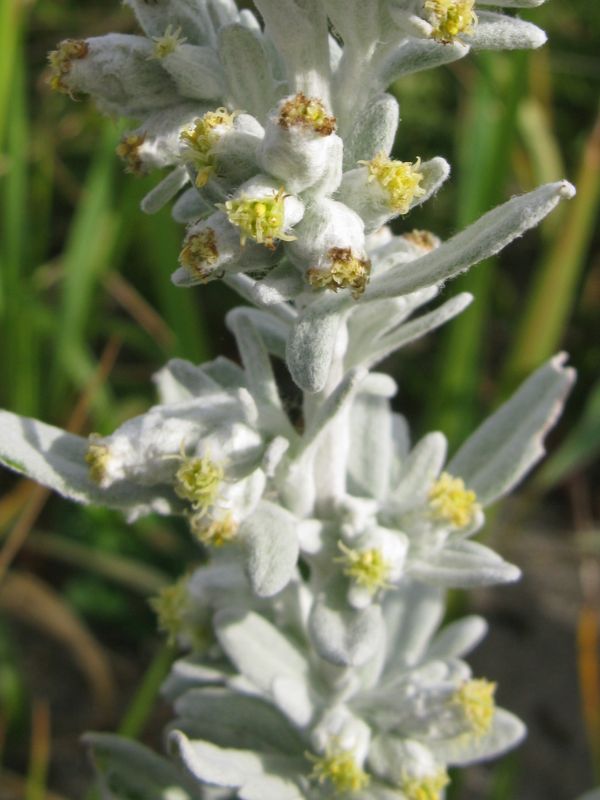
For effective care, disperse evenly around the plant’s base, incorporating into the soil for immediate uptake. Appropriate fertilization practices ensure hoary mugwort thrives sustainably.
Pruning
Pruning method is quite different for different species and cultivars. Generally, you can cut your Artemisia plants back to the base in fall or spring to encourage growth in the following year. While with evergreen or late-flowering species such as tree wormwood (Artemisia arborescens) and sweet wormwood (A. vallesiaca), pruning should be performed in early spring, when there is no danger of frost, but before the new growth starts. Remove wilt flowers as well as dead branches, and leave only new shoots.
If the plant is not pruned, it can get really tall (1.5 to 1.8 m). Trimming some terminal leaves and branches in summer, can return the plants that grow wild into a more favorable shape. If the plants get very bushy and thick, the air between the leaves will become more humid – favorable for powdery and downy mildew to develop. Thinning out the plants a little bit to improve the airflow and prevent these diseases. More intensive thinning is necessary if the plants are grown in very humid climates.
Besides, it is very important to wear gloves while pruning hoary mugwort because its repelling chemicals can also irritate the skin.
Propagation
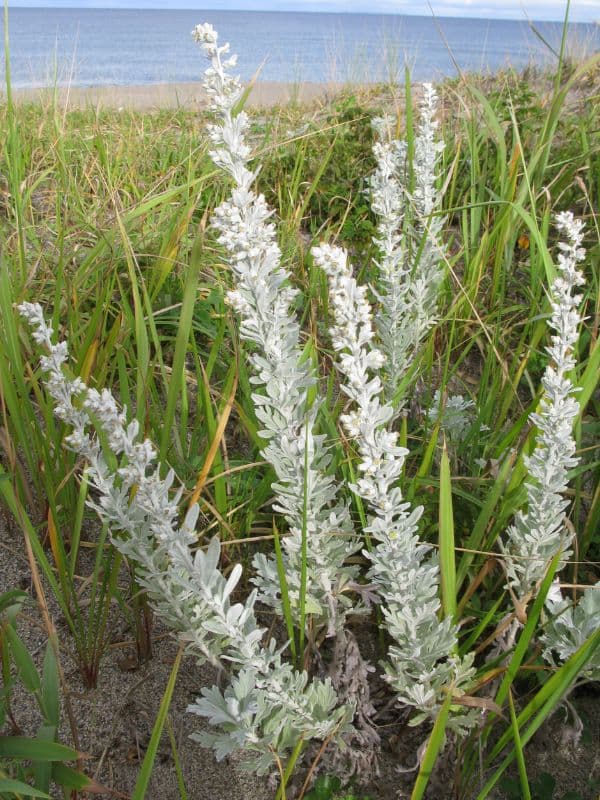
Hoary mugwort can be propagated by seeds (some annual Artemisia species are self-sown) or cuttings. Propagation by cuttings includes taking 8 to 10 cm cuttings in late summer and rooting them in a loose, sandy compost or perlite. It is best if the rooting powder is applied before putting the cutting into the medium. Spray water every couple of days to keep it moist.
After a week or two, the cuttings will root. When the roots start protruding from the medium, it is time for a transplant. Rooted cuttings can be put into a separate container or planted directly into the soil in the garden. The distance between the cuttings should be at least 38 cm.
Repotting
For hoary mugwort, a low-growing, silver-foliage perennial, repotting is best done every 2-3 years to accommodate its spread. Spring is optimal, aligning with its active growth phase. Choose a wide, shallow container to mirror its natural growth pattern. After repotting, place hoary mugwort in a sunny spot and water sparingly to encourage strong root establishment in its new home.
III. Harvesting and Storage
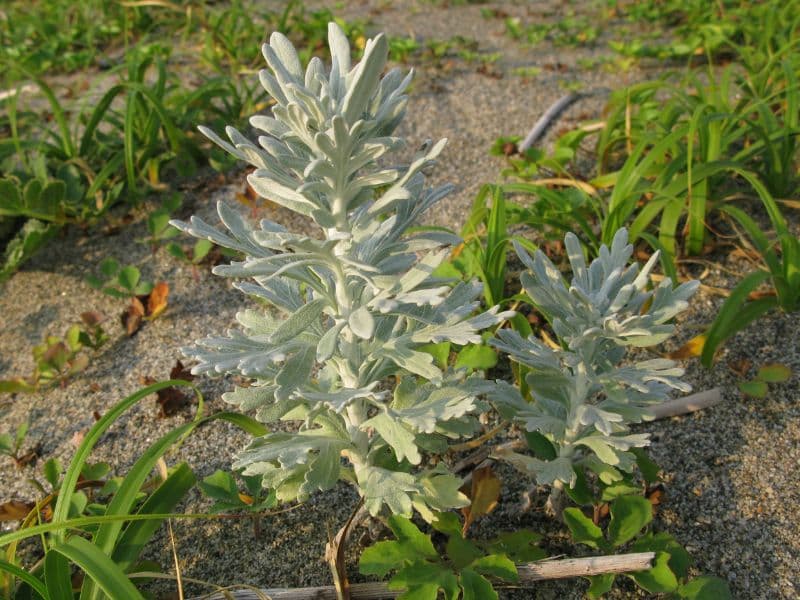
You can harvest hoary mugwort as the air-dried herbal aroma. Simply cut hoary mugwort branches of more than 20 cm long, tie them together at the bottom with a string, and hang the bunch upside down where cool and shaded to dry it out. You may need to tighten the string every several days and will get a fragrant bunch of dry herb after 3-4 weeks.
Find Where to Buy the Best Beach Wormwood (Artemisia stelleriana)

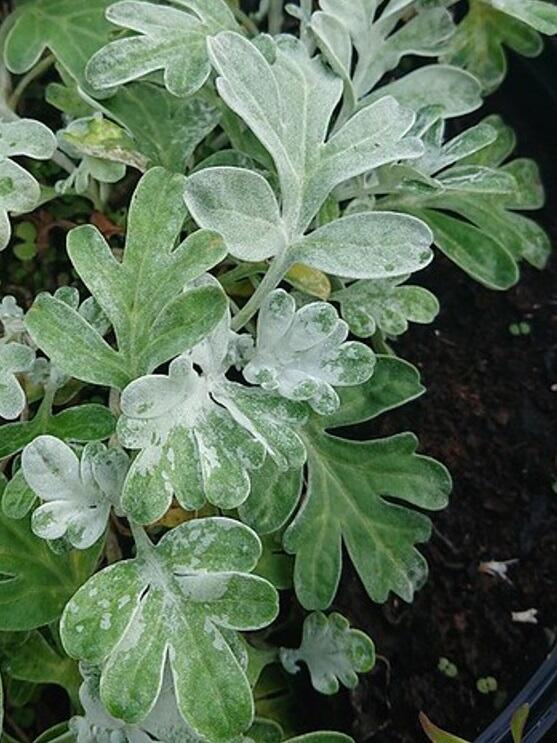

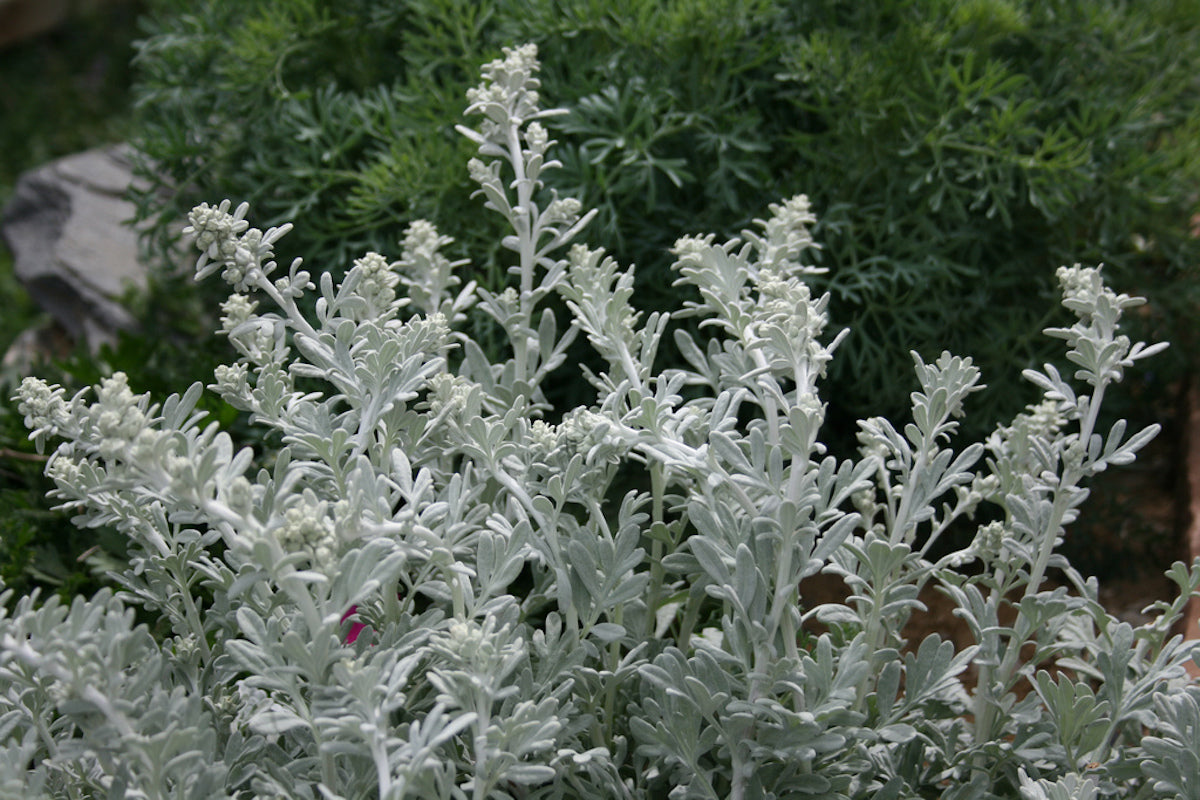






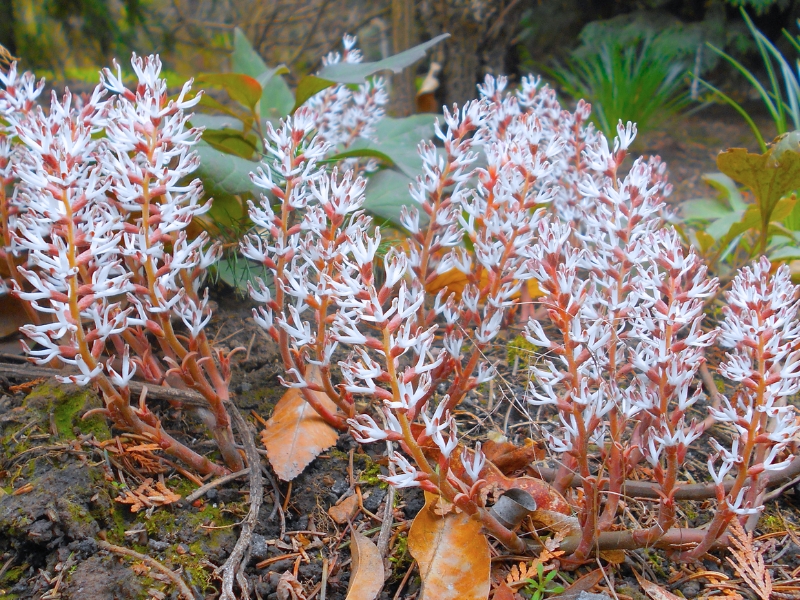

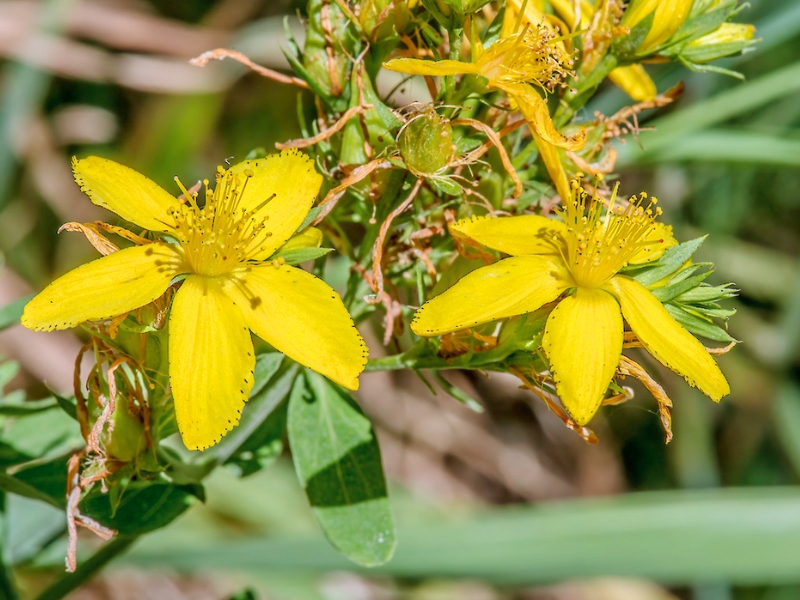
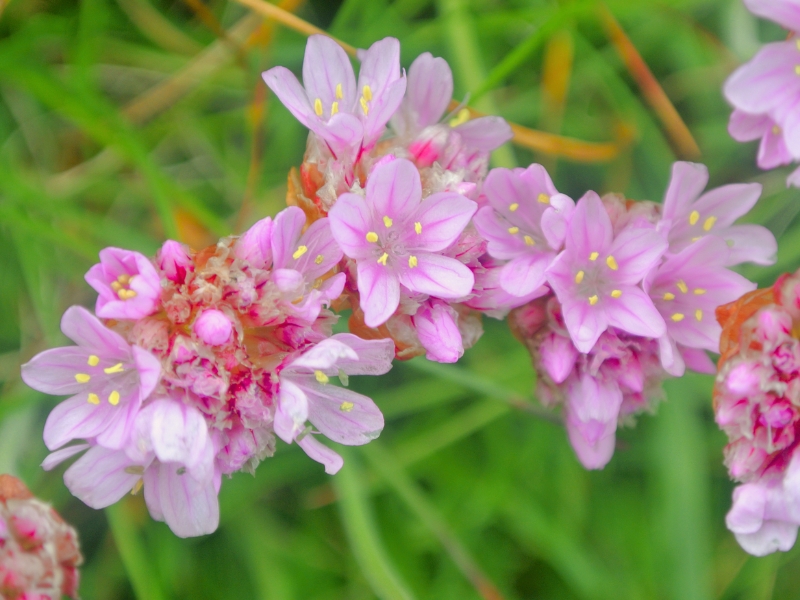
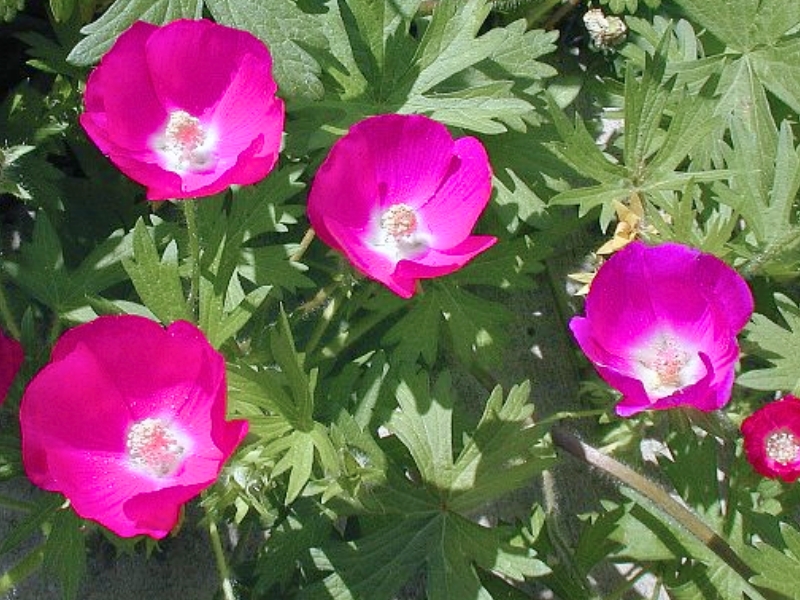
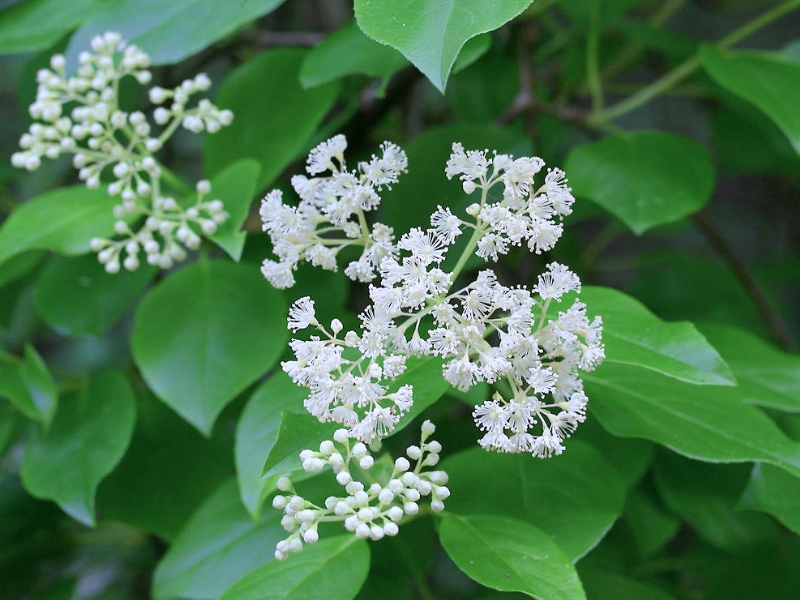
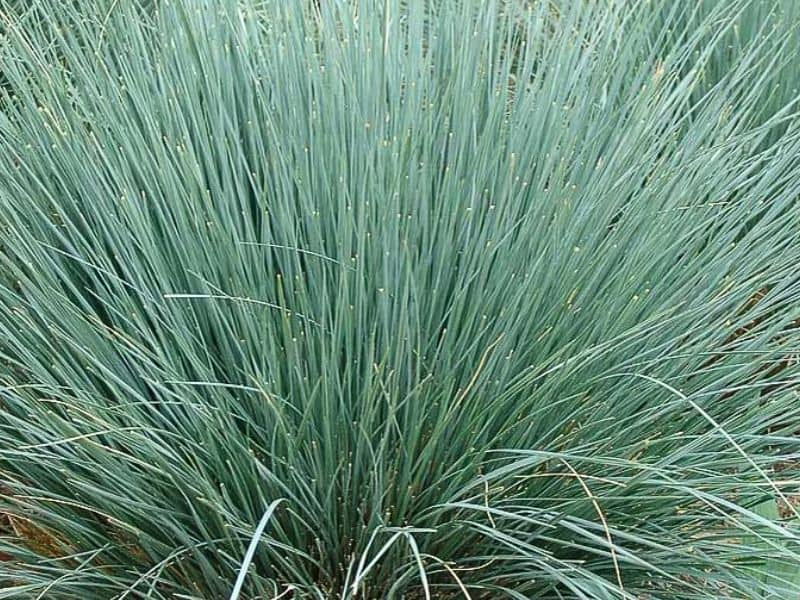
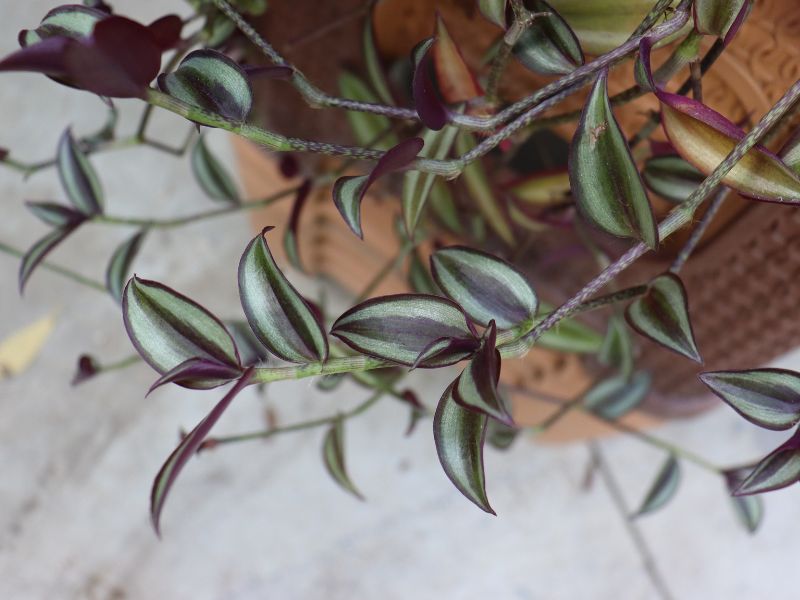
Leave a Reply